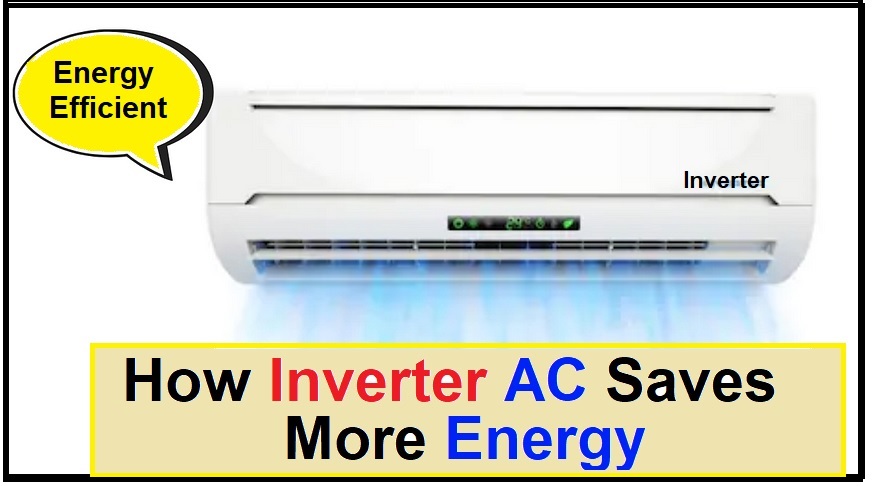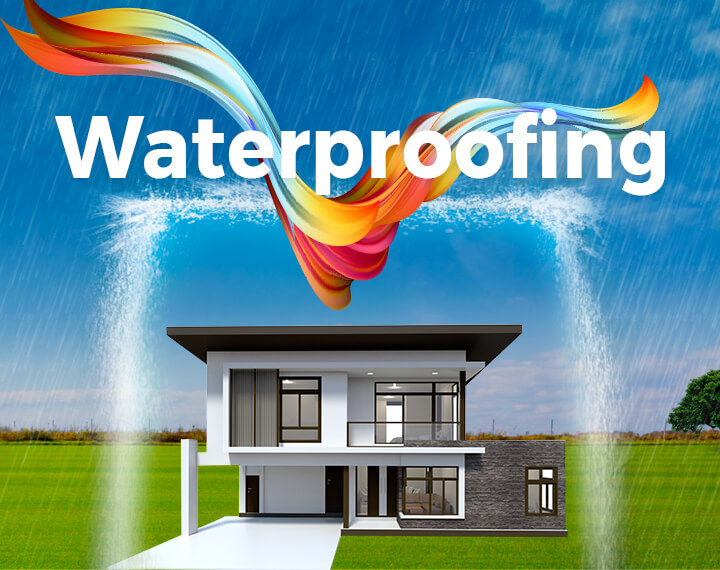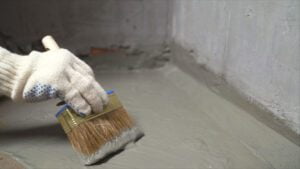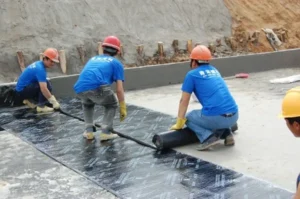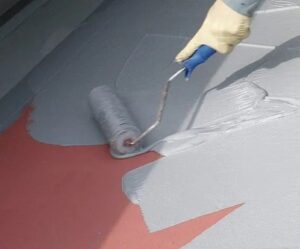
What is an Air Conditioner?
- Air conditioners work on principles of physics by converting liquid into gas in a process known as phase conversion
- As this conversion takes place heat absorption occurs. By using special chemicals to evaporate and condense in a closed system of coils, heat absorption takes place at a higher rate
- As the liquid refrigerant inside the evaporator coil converts to gas, heat from the indoor air is absorbed into the refrigerant, thus cooling the air as it passes over the coil.
- The indoor unit’s blower fan then pumps the chilled air back through the home’s ductwork out into the various living areas.
How does an Air Conditioner Work?
- Step 1: Heat is absorbed by the evaporator coil.
- The warm air inside your house is drawn in through a vent and blows over the cold evaporator coil. …
- Step 2: The compressor raises the refrigerant temperature.
- Step 3: Heat is transferred outside.
- Step 4: Refrigerant gets cold; the process repeats.
What Chemicals or gases are used in air conditioners?
- Nearly all air conditioning systems now use halogenated chlorofluorocarbons (HCFCs) as a refrigerant.
- The most common HFC used is R-410A which is better than R-22 as it stops ozone depletion and is more energy-efficient
- Two other HFCs that are commonly used are — R-32 for air conditioners and R-134A for refrigerators
Parts of the Air conditioner
- An air conditioner is a complex system that works to cool and dehumidify the air in a space.
- It consists of several key components, each of which plays a specific role in the cooling process. Here are the main parts of a typical air conditioner:
Compressor:
- The compressor is the heart of the air conditioner.
- It pressurizes and circulates the refrigerant, a special chemical compound that absorbs and releases heat as it changes from a gas to a liquid and back again. This cycle is what allows the air conditioner to cool the air.
Condenser Coil:
- The hot, pressurized refrigerant gas is sent to the condenser coil, usually located on the outside of the building.
- Here, the heat from the refrigerant is released into the external air, causing the refrigerant to condense and turn into a high-pressure liquid.
Evaporator Coil:
- The high-pressure liquid refrigerant then enters the indoor unit, where it passes through the evaporator coil.
- The indoor fan blows warm indoor air over the evaporator coil, causing the refrigerant to evaporate and absorb heat from the indoor air.
Expansion Valve:
- After absorbing heat from the indoor air, the low-pressure, low-temperature refrigerant passes through an expansion valve or metering device.
- This device lowers the pressure and temperature of the refrigerant, preparing it to re-enter the compressor.
Air Handler:
- The air handler is the indoor unit that contains the evaporator coil, a blower fan, and the necessary controls.
- It circulates the cooled air back into the room and may also include a filter to remove dust and particles from the air.
Thermostat:
- The thermostat serves as the user interface for controlling the air conditioner.
- It allows you to set the desired temperature and fan speed, and it communicates with the air conditioner to turn it on or off as needed.
Ductwork:
- In central air conditioning systems, ductwork is used to distribute the cooled air throughout the building.
- Ducts carry the conditioned air to various rooms and return warm air to the air handler for re-cooling.
Refrigerant Lines:
- These lines connect the indoor and outdoor units, allowing the flow of refrigerant between them.
- They are typically made of copper or aluminum.
Condenser Fan:
- The condenser unit outside the building has a fan that helps dissipate heat from the condenser coil.
- It assists in maintaining the proper temperature for the refrigerant.
Drain Pan and Drainage System:
- The evaporator coil may produce condensation as it cools the air, which needs to be collected and drained away to prevent water damage.
- A drain pan and drainage system serve this purpose.
Electrical Components:
- Air conditioners have various electrical components, including capacitors, relays, and control boards, to manage the electrical functions of the system.
Filters:
- Some air conditioning systems have air filters to improve indoor air quality by trapping dust, pollen, and other particles.
- These components work together in a coordinated manner to remove heat and humidity from the indoor air, providing comfort by cooling and dehumidifying the living or working space. Proper maintenance and regular servicing are essential to keep all these parts functioning efficiently.
Cooling Problems in AC Units
- Cooling Problems in air conditioning are presented in the previous post.
- It is due to faulty components, improper wires and cables, leakage of refrigerant
How you can save energy for an air conditioner?
- There are many different brands, models, and types of central air conditioning systems
- Each model has unique features and energy efficiency ratings
- However, all central ACs have one thing in common
Classifications of Air Conditioners
- As you can see, asking the question “How do air conditioners work” can lead to a very simple or very complicated explanation. It’s the same with describing types of air conditioners.
- And because indoor living spaces come in a variety of shapes and sizes, from today’s new tiny homes to 20,000 square-foot estates, residential air conditioning systems are also available in different styles and configurations to match. There are three primary types – split-system air conditioners, packaged air conditioners, and ductless air conditioners. Each has its own specialized uses, but they all essentially do the same thing – make it cool inside your home. The type of cooling system that works best for you depends on your geographical location, the size and physical limitations of your home, and the way you use it.
Split Air Conditioner
- Split-system air conditioners (SAC) offer the most common answer to the question, “what is central air?” These systems include both an indoor unit and an outdoor unit. The indoor unit, typically a furnace or a fan coil, includes the evaporator coil and blower fan (air handler) that circulates air throughout the home. The outdoor unit holds the compressor and the condenser coil.
- Split-system air conditioners provide a variety of options, including basic single-stage systems, quieter and more efficient two-stage systems, and the quietest, most energy-saving multi-stage systems. A split system air conditioner offers consistent, reliable temperature control to the entire home. And, because the system uses filters in the indoor air handler, it can clean your air while it cools it.
- Fitting of Split AC to the wall
Packaged Air Conditioner
- Packaged systems are all-in-one solutions that also answer the question “what is central air?” Packaged systems contain the evaporator coil, blower fan, compressor, and condensing coil all in one unit. They work well when there isn’t enough space in an attic or closet for the indoor unit of a split-system air conditioner.
- They are also a good choice in areas where rooftop installations are preferred. Like split systems, packaged systems pull warm air from the home, through return air ducts, into its evaporator coil section.
- The air passes over the evaporator coil and the cooler air is returned back to the home through supply air ducts. And, as with a split system, the unwanted heat is released to the outside through the condenser coil.
- Packaged systems also offer a variety of options to provide better energy efficiency.
- They are available in two-stage systems and single-stage systems. Higher efficiency models include multi-speed blower fans.
- In the United States, packaged systems are most common in the southern and southwest areas of the country.
Ductless Air Conditioner
- Ductless systems are not considered to be central air systems because they deliver cooling to specific, targeted areas within the home.
- They require less invasive installation because, as their name suggests, they don’t rely on ductwork to distribute chilled air.
- Like split systems, ductless systems include an outdoor unit and at least one indoor unit, connected by copper refrigerant tubing.
- In a ductless system, each indoor unit is designed to provide cool air only for the room in which it is installed. The indoor unit can be installed on a wall, in the ceiling, or on the floor.
- Some ductless systems can include multiple indoor units connected to one outdoor unit. Regardless of the number of indoor units, the operation is similar to a split system.
- The indoor unit contains an evaporator coil and blower fan to pull warm air from the room, across the cool evaporator coil, then return the cooler air back into the room.
- The refrigerant runs through the copper tubing to the outdoor unit where the compressor and condenser coil are located.
- The heat from the inside is released through the outdoor condenser coil.
- The refrigerant returns to the indoor unit, and the cycle continues.
- These flexible systems deliver pinpointed comfort in the areas where indoor units are placed.
- They also act like a zoning system by offering individual temperature control over each separate room.
- For example, if you want a cooler home office but a warmer bedroom, install a ductless unit in each room.
- Now you can set different temperatures in each area depending on your comfort needs.
- Regardless of which type of system works for your home or property, knowing the answer to “how do air conditioners work?” can help you choose a system that makes the most sense. And, it will allow you to better understand the choices your HVAC contractor is presenting.






